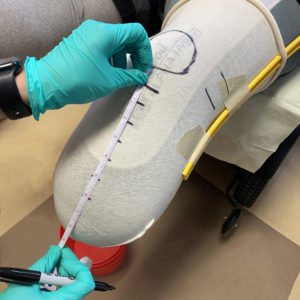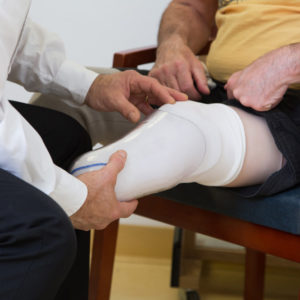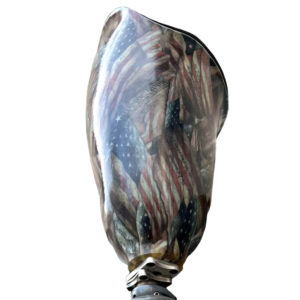Rehabilitation Process
We have developed a process to help you successfully reach your goals.
Rehabilitation after an amputation surgery is a multi-step process.
Our team of clinicians has decades of combined experience in lower limb prosthetic care. Combining knowledge, gathered over the years with new technologies, we can help you reach your full potential.
1. Post-Amputation:
After your amputation, your care team will work to ensure your surgery site heals successfully and your limb is prepped for prosthetic are. This will include:
- Appropriate wound care
- Shrinker wear
- Maintaining strength and flexibility
- Desensitization exercises
It is important that your surgeon connect you with a physician specializing in Physical Medicine and Rehabilitation (a physiatrist) as well as a physical therapist.
2. Initial Evaluation:
 When your limb has healed, you will be ready to discuss plans for prosthetic care with a prosthetist.
When your limb has healed, you will be ready to discuss plans for prosthetic care with a prosthetist.
Together, you will discuss goals, limitations, and previous levels of activity in order to determine the best long-term approach.
At this point your limb will be measured, either by taking a cast or measurements or scanning the limb.
3. Diagnostic Fittings:
 At subsequent appointments, you will be fit with a diagnostic prosthesis.
At subsequent appointments, you will be fit with a diagnostic prosthesis.
See “Parts of a Prosthesis” for more information.
The socket component will be made from a clear plastic which is much easier to modify and provides the opportunity to see inside the socket and understand what is happening.
4. Definitive (Final) Fitting:
 After multiple iterations of check sockets, we will move you to a final socket made of carbon fiber or equivalent material, which provides long term durability.
After multiple iterations of check sockets, we will move you to a final socket made of carbon fiber or equivalent material, which provides long term durability.
This can be personalized to match your skin tone or with a fun fabric to express your personality.
5. Beyond the Fitting:
Your definitive fitting does not mean your prosthetic care is over. Long-term care may consist of any of the following activities:
- Socket replacements due to weight loss/gain or limb shape changes
- Foot or knee replacements
- Liner replacements
- Maintenance for wear and tear
- Physical Therapy